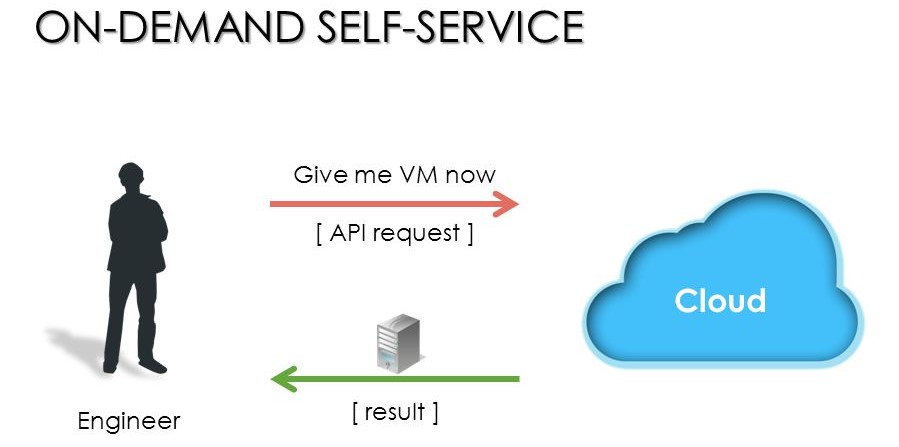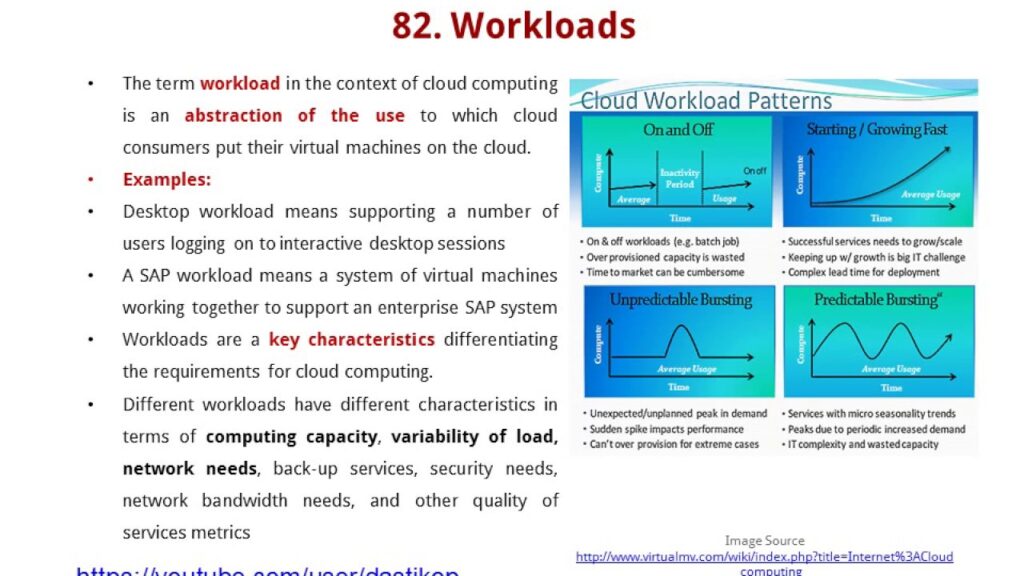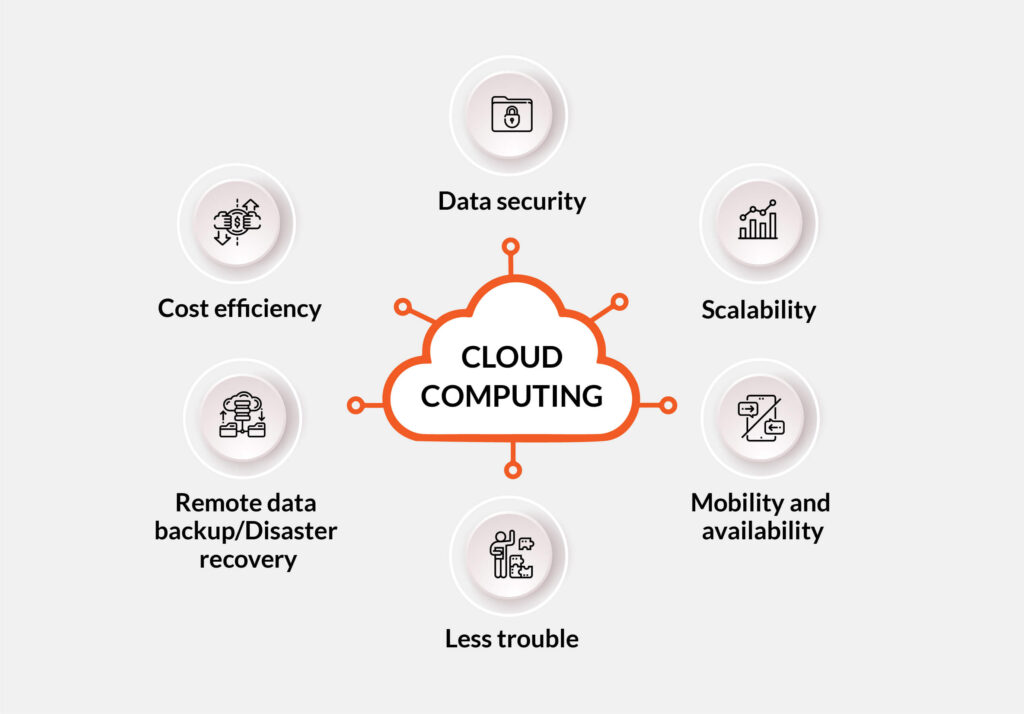In recent years, cloud computing has revolutionized the way businesses and individuals interact with technology. One of the most significant developments in the field is the rise of on-demand self-service. This concept allows users to access and manage their computing resources without the need for human intervention, creating a seamless and flexible experience for all.
On-demand self-service is a core component of cloud computing, and it has dramatically improved the way we work and live. This technology allows users to spin up new servers, storage, and other resources as needed, without waiting for approval or assistance from IT staff. The result is a more efficient and cost-effective approach to managing computing resources, and it has enabled businesses of all sizes to access the power of the cloud quickly and easily. In this article, we will explore the concept of on-demand self-service in more detail, including its benefits, challenges, and best practices for implementation.

What is On-Demand Self-Service in Cloud Computing?
On-Demand Self-Service in cloud computing is a service model that gives users the ability to access cloud-based services and resources on-demand without having to wait for time-consuming manual approvals and processes. This allows businesses to quickly provision and access cloud resources as needed, without having to wait for long periods of time or deal with lengthy contracts and agreements.
Advantages of On-Demand Self-Service
On-Demand Self-Service provides businesses with a flexible, easy-to-use service model that allows them to quickly provision and access cloud-based services and resources. This means businesses can quickly scale up or down as needed, without having to wait for lengthy contracts or manual approvals. This allows businesses to focus on developing their services and products without having to worry about the underlying infrastructure. Additionally, this service model also reduces the need for IT staff or administrators to manually provision and manage cloud-based services and resources.
Another benefit of On-Demand Self-Service is that it allows businesses to save money. By using this service model, businesses can avoid the high costs associated with traditional IT infrastructure, such as hardware and software licenses. Additionally, On-Demand Self-Service also reduces the need for additional training or expertise, as the user is able to quickly access and manage cloud-based services and resources without having to learn complex technical processes.
Disadvantages of On-Demand Self-Service
The main disadvantage of On-Demand Self-Service is that it can be difficult to control access to cloud-based services and resources. Users are able to quickly provision and access cloud-based services and resources, which means they can easily over-provision or misuse resources if they are not managed properly. Additionally, On-Demand Self-Service also makes it difficult to track usage and costs, as users can quickly provision and access resources without any manual approval.
Another disadvantage of On-Demand Self-Service is that it does not provide the same level of security as a traditional IT infrastructure. As users are able to quickly provision and access cloud-based services and resources without any manual approval, this can lead to potential security issues, such as unauthorized access or data leaks. Additionally, On-Demand Self-Service does not provide the same level of control as a traditional IT infrastructure, as users cannot easily monitor or control who has access to what resources.
Frequently Asked Questions
On demand self-service in cloud computing is a feature of cloud computing services that allows users to access and manage cloud resources on their own, without requiring manual assistance from the provider.
What is on demand self service in cloud computing?
On demand self service in cloud computing is a feature of cloud computing services that allows users to access and manage cloud resources on their own, without requiring manual assistance from the provider. It is an automated process that enables users to provision resources, such as virtual machines (VMs), storage, and network services, on-demand and without the need to interact with a service provider.
The main advantage of using on-demand self-service is that it eliminates the need to interact with a service provider, which can lead to faster provisioning and deployment of resources. This means users can quickly and easily provision the resources they need, when they need them, without having to wait for manual provisioning. It also allows users to manage their own resources, without relying on a service provider, which can give them more control over the resources they are using.
What are the benefits of on demand self service?
The main benefit of on demand self service is its ability to provide users with faster provisioning and deployment of resources. This means users can quickly and easily access the resources they need, when they need them, without having to wait for manual provisioning. It also enables users to manage their own resources, without relying on a service provider, which can give them more control over the resources they are using. This allows users to tailor their resources to their specific needs, rather than having to rely on a service provider to provide them with the resources they need.
On demand self service can also reduce costs, as users only pay for the resources they use, rather than having to pay a fixed fee for a service provider’s services. This can save costs in the long run, as users are able to scale their resources up or down as needed, without having to pay more than necessary. Additionally, users can use the same resources for different applications, which can reduce the need for additional resources.
What are the drawbacks of using on demand self service?
One of the main drawbacks of using on demand self service is the lack of control over the resources. This can be an issue for users who are not familiar with cloud computing or who are not comfortable managing their own resources. Additionally, users may not have access to all of the same features that a service provider would have access to, such as advanced security or monitoring tools. This can make it difficult for users to properly manage their resources.
Another potential issue with on demand self service is that users may have difficulty troubleshooting issues that arise. This is because users do not have direct access to the service provider’s support team, and may have difficulty finding the resources they need to resolve their issues. Additionally, users may not have access to the same level of technical support as they would with a service provider.
What is the difference between on demand self service and managed services?
The main difference between on demand self service and managed services is that managed services involve the service provider taking care of the management of the resources on behalf of the user. This includes things like setting up and configuring the resources, as well as monitoring and troubleshooting any issues that arise. On the other hand, with on demand self service, users are responsible for managing their own resources, which can involve setting up and configuring the resources as well as troubleshooting any issues that arise.
Another difference between on demand self service and managed services is that with managed services, the user pays a fixed fee for the service provider’s services, whereas with on demand self service, users only pay for the resources they use. This means users can scale their resources up or down as needed, without having to pay more than necessary. Additionally, users can use the same resources for different applications, which can reduce the need for additional resources.
How secure is on demand self service?
On demand self service can be as secure as the user wants it to be. Users are responsible for setting up and configuring their own resources, which means they can choose the level of security they require. Additionally, they can take advantage of features such as access control lists, which can restrict access to certain resources, as well as encryption, which can help protect data from unauthorized access.
However, users may not have access to the same level of security as they would with a service provider, as they may not have access to advanced security or monitoring tools. Additionally, users may not have access to the same level of technical support as they would with a service provider, which can make it more difficult to troubleshoot any security issues that arise.

In conclusion, the concept of on-demand self-service in cloud computing is a game-changer that is revolutionizing the way businesses operate. It allows companies to access computing resources on a pay-per-use basis, without the need for human intervention. This eliminates the need for IT staff to manage the infrastructure, leading to cost savings and increased efficiency. Furthermore, on-demand self-service enables businesses to scale their operations up or down as needed, providing the flexibility to meet changing market demands.
As more businesses move towards cloud computing, on-demand self-service will become increasingly important for staying competitive in the market. This technology is not only beneficial for large corporations but also for small and medium-sized enterprises that can now access powerful computing resources that were previously out of reach. With its ability to provide cost-effective, scalable, and flexible solutions, on-demand self-service is undoubtedly a key driver in the growth of cloud computing. In summary, the future of cloud computing is on-demand self-service, and businesses that embrace this technology will have a significant advantage over those that do not.



